Mark Underwood takes a detailed look at bullet cases and how to prepare them properly for reloading...
Read more on the subject of reloading, and access the rest of this series, by clicking here!
The secret to a good case, as any decent solicitor will tell you, is in the preparation, and if you want the best from your cases then you need to put some time into preparing them correctly.
The case is a very important part of your ammunition because it does much more than just function as a container, holding the primer, powder and case together. It has to hold the bullet sufficiently to ensure that it does not get pushed back when the round is chambered and grip it long enough for the pressure inside to build to the required level when the powder charge is ignited by the primer. It also has to fit the chamber of your gun correctly, both before and after firing, so that it can be chambered and extracted without resistance.
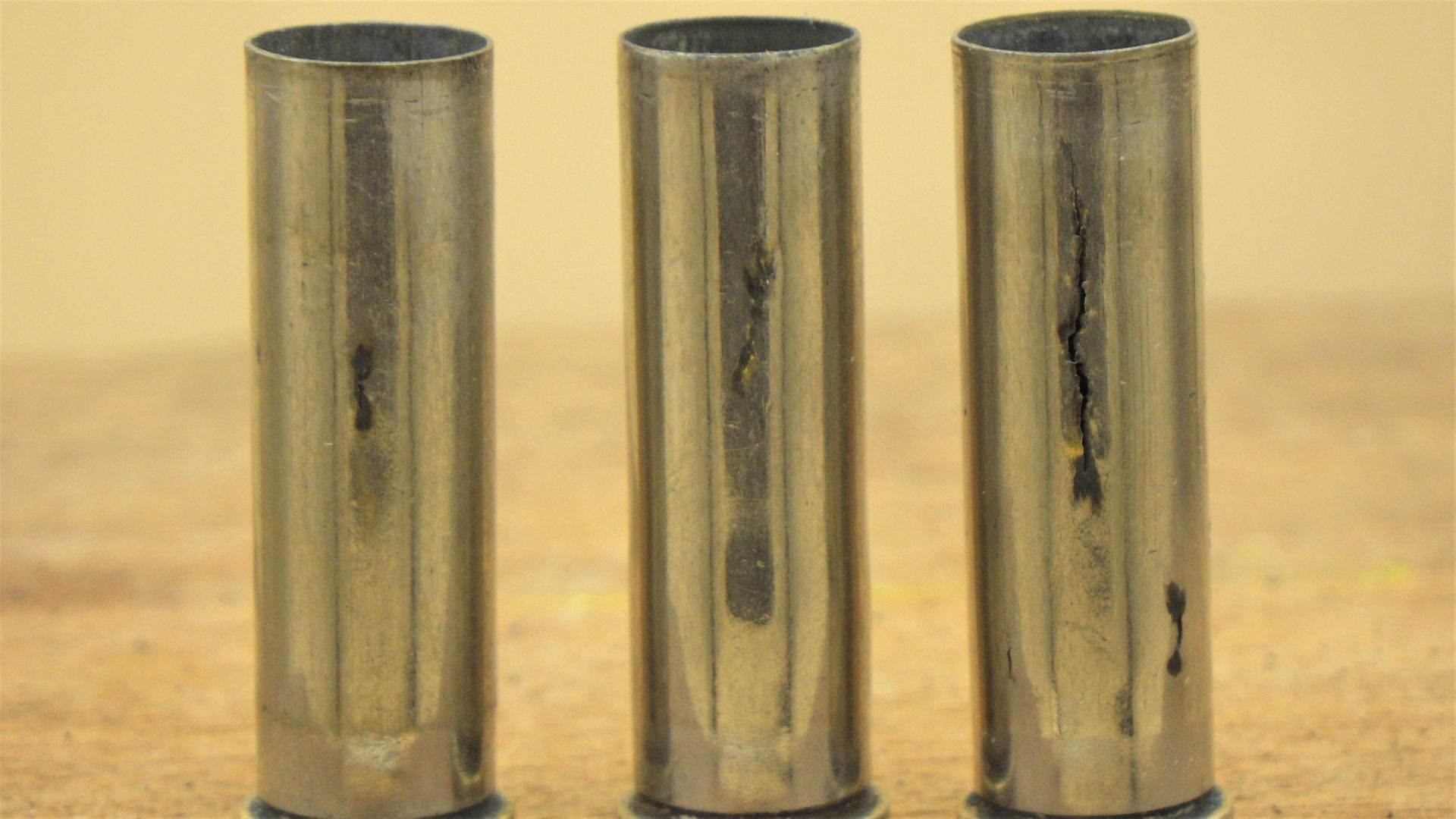 credit: Archant
credit: Archant
New or once fired?
Whether you use brand-new cases or used brass, recovered after firing factory ammunition, the preparation process is generally the same, apart from the fact that once-fired cases require de-priming and cleaning.
Most die sets contain a sizing die that will have a de-priming pin to push the primer out while it squeezes the case back to size. These dies work very well, but a universal de-priming die is well worth investing in because, as well as being suitable for use on all calibres, it does not resize the case. Separating the processes means that you can de-prime, then clean and finally resize, which is a far cleaner system and your sizing die does not get clogged up with contamination from the fired brass.
Although there are case-cleaning machines available, when you are first starting out and using previously fired cases, a good wipe with a piece of old denim will remove most of the dirt from your brass perfectly well.
Visual inspection
The first step is to look over each case for obvious defects or damage. Most brass is sold in suitable containers to avoid it being damaged in transit, but occasionally you get one that has been crushed or dented. Minor dents to the case mouth can be corrected during the sizing process, but if a case is very badly dented then it is probably creased and the metal sufficiently stressed to make it unusable. Such brass can fail the first time it is used and should be discarded.
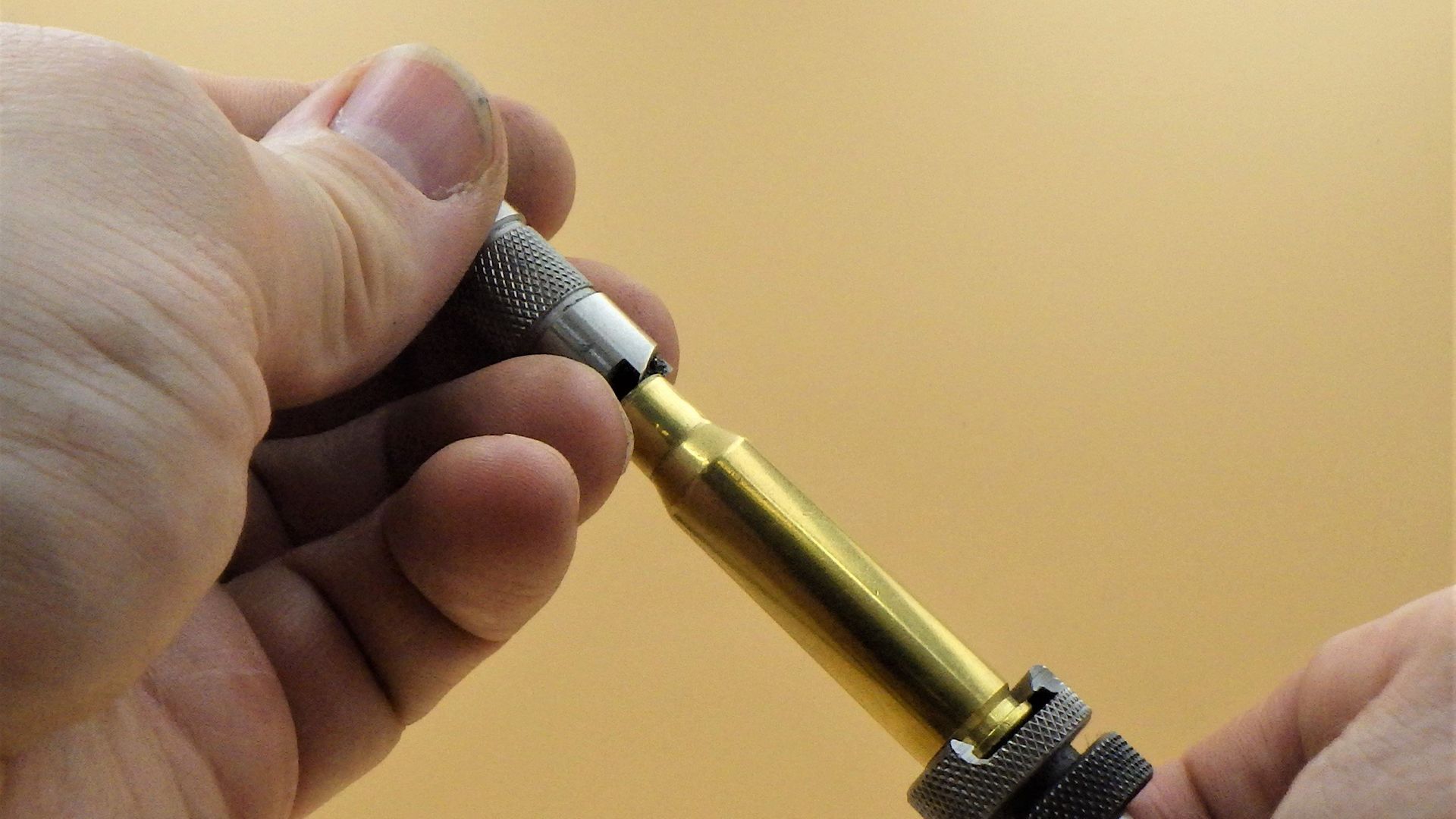 credit: Archant
credit: Archant
Full length Resizing
Any new cases should be full-length resized the first time you use them in your gun. This might seem strange, because they are factory fresh and made to tight tolerances, but it is worth doing just to weed out any defective cases and ensure they are all uniform in size from the start.
It is important to follow the instructions that come with the resizing die and, on bottled necked cases, lubricant should always be used to ensure the cases travel in and out of the die with minimal friction.
Case lube should be used sparingly because if you use too much it is possible to trap pockets of lube between the case wall and the die and this results in dents in the brass. Although these dents will pop out when you fire the round, they can cause stress points where the brass will subsequently split.
Neck sizing
When your cases have been fired in your gun then they are ‘fire-formed’, which means they have shaped and moulded to the chamber of your particular rifle. Unless the brass is old and tired it will have expanded rapidly under tremendous pressure as the round is fired, until it is pressing against the chamber and bolt-face, and then sprung back slightly as the chamber pressure drops. The result is a case that will fit your gun perfectly and extract easily.
Fire-formed cases do not need full-length resizing if they are going to be reused in the same gun, so they can just be neck sized. Neck sizing cases greatly reduces wear and extends their life because the metal is not repeatedly subjected to the pressure and friction of full-length sizing. As the name suggests, neck sizing only pressures the neck and mouth of the case, to re-establish neck tension ready for the next reloading. Neck sizing is quicker and easier than full-length resizing and also does not require the use of case lubricant, so it is cleaner too.
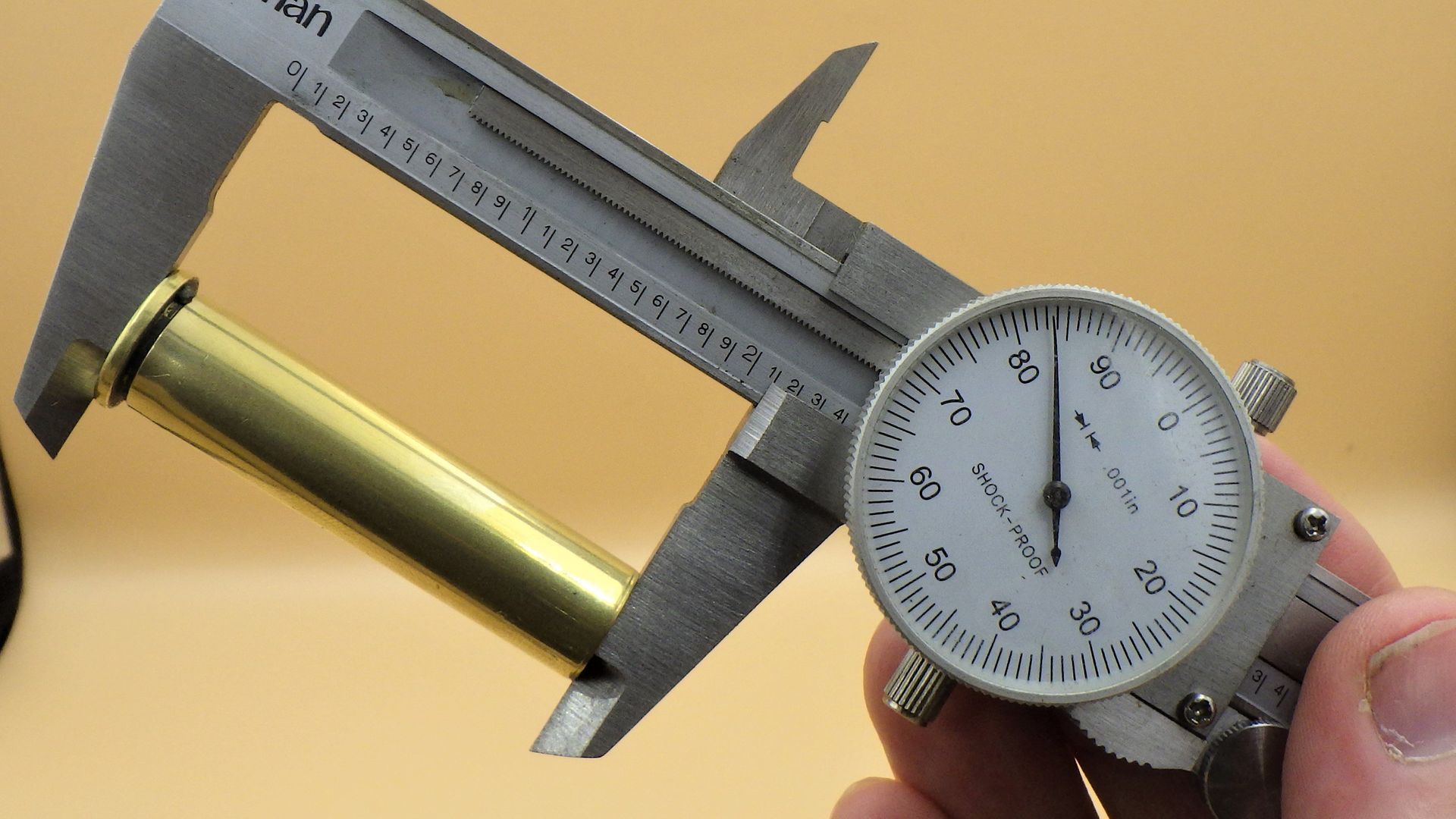 credit: Archant
credit: Archant
Case Length
Cases must all be the same length if you are going to get consistent results from your finished rounds. The length affects how the case grips the bullet and how it fits into the chamber, and you want these characteristics to be the same in every single round.
Checking case length, and trimming any that require it, should be done after the cases have been resized, because the resizing process can often stretch the brass and so undo any trimming were it to be done first. The mouths of the cases should be deburred after trimming to remove any sharp edges and chamfered on the inside so that bullets will be seated easily and undamaged.
There are a lot of different types of equipment available to trim and chamfer cases, from small hand tools to large power tools, and what you choose depends on your budget and how fast you want to process your brass. Unless you want to trim a lot of cases very fast, a simple hand-held tool does the job extremely well and gives very consistent results.
Mouth test
Once you have resized, trimmed, deburred and chamfered your cases it is good to test them by seating a few bullets to see how well they seat before a primer or powder have been added. A bullet should enter the case with a little pressure, but no real resistance, and once it is in then it should not be possible to rotate it or push it in or out of the case just with your fingers.
With lead bullets it is often necessary to expand case mouths to allow the softer bullets to be seated without damage or lead being sheared off by the case mouth, Jacketed bullets do not usually require this.
More on Neck tension
Neck tension, which is the amount of grip the case has on the bullet, is extremely important in reloading. It is created by three main factors: the internal diameter of the case mouth, the springiness of the brass, and the amount of crimp that you apply to the case. The diameter of the case mouth is set during the resizing process, although it can subsequently be changed by flaring the case mouth with an expander die.
The springiness of the brass is initially established during the manufacturing process, but as the metal is ‘worked’ by repeated firing and reloading it reduces and the case gradually loses its ability to grip the bullet. For this reason you do need to keep an eye on the age and condition of your cases. The amount of crimp you apply, when you squeeze the case mouth onto the bullet, will be covered in more detail later and it is the factor you can have most control over.
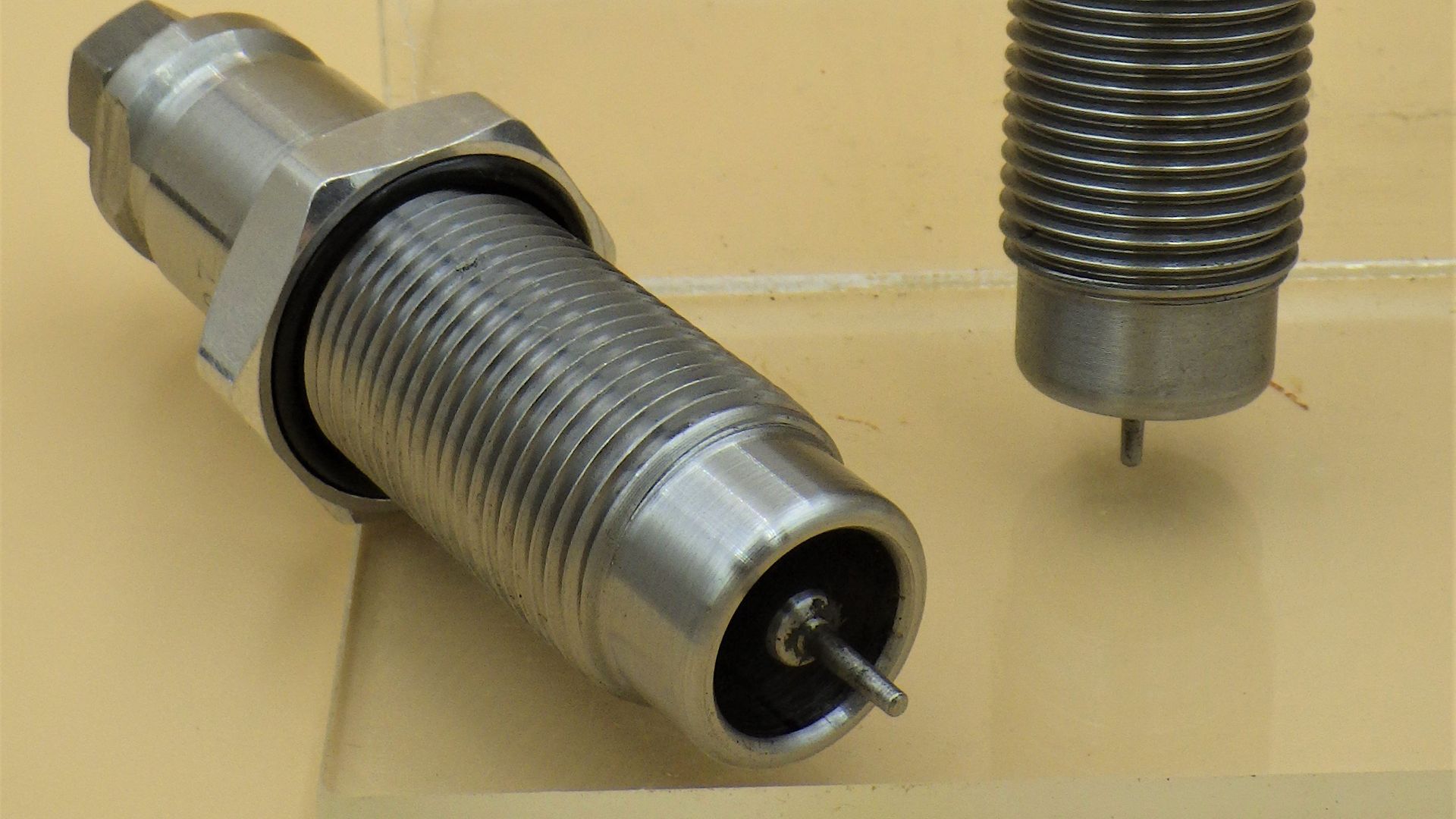 credit: Archant
credit: Archant
Batching cases
Cases should be kept in batches, of the same brand and age, so that they all have the same manufactured characteristics, perform the same, and are reloaded the same number of times. This helps maintain the consistency vital for quality handloads. All the cases in a batch will be stressed and age to the same degree and any degradation will have a consistent effect on your rounds.
Wear and tear
Cases should be checked and cleaned after every use for signs of defects such as cracking and, if you keep them in batches, when you notice a few are starting to wear out you can retire the entire batch knowing they are all the same age and so are all coming to the end of their life. If you regularly trim your cases to length you can significantly extend their life because you are removing the thinning brass at the edge of the case mouth. This is where most cases start to crack and so cutting the brass back to a substantially thicker area will stop the cracks before they start.
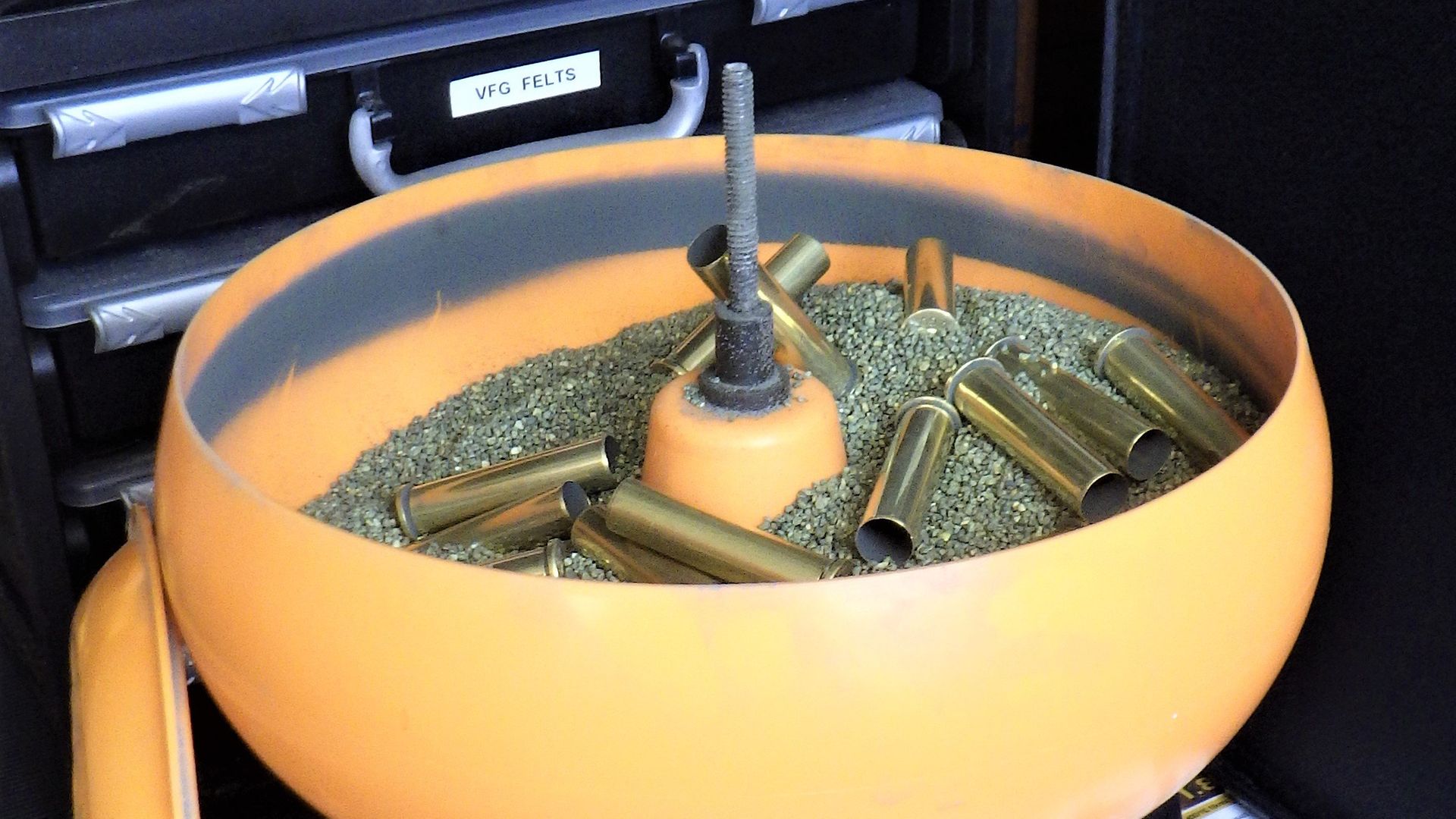 credit: Archant
credit: Archant
Conclusion
Consistency is absolutely vital to producing good-quality ammunition and I make no apology for the overuse of the word. Before you start to reload you must have a batch of cases that are all the same length and sized the same. For even fussier reloading you can weigh each and every case and put any that are noticeably heavier or lighter than the rest aside. The weight of a case is a pretty good indication of the internal volume, which again affects consistency (there’s that word again). With a batch of suitably prepared cases you are well on the way to making some quality reloads.